HR Management Tools and Teams Report: Healthcare at GCU
VerifiedAdded on 2023/06/09
|6
|1324
|273
Report
AI Summary
This report, prepared by a student, addresses key aspects of HR management within a healthcare setting. It begins with the selection of a healthcare organization and proceeds to detail tools for managing staffing and enhancing work production, including quality improvement techniques, control tools, and benchmarks. The report then shifts its focus to team dynamics, outlining characteristics, attributes, and practices of successful teams, along with methods to encourage collaboration. Finally, the report concludes with a cross-functional application section, addressing leadership development, strategies for collaboration, and the importance of integrating multiple teams to improve patient care and meet organizational needs. The report provides practical examples and references to support the HR strategies discussed.
1 out of 6
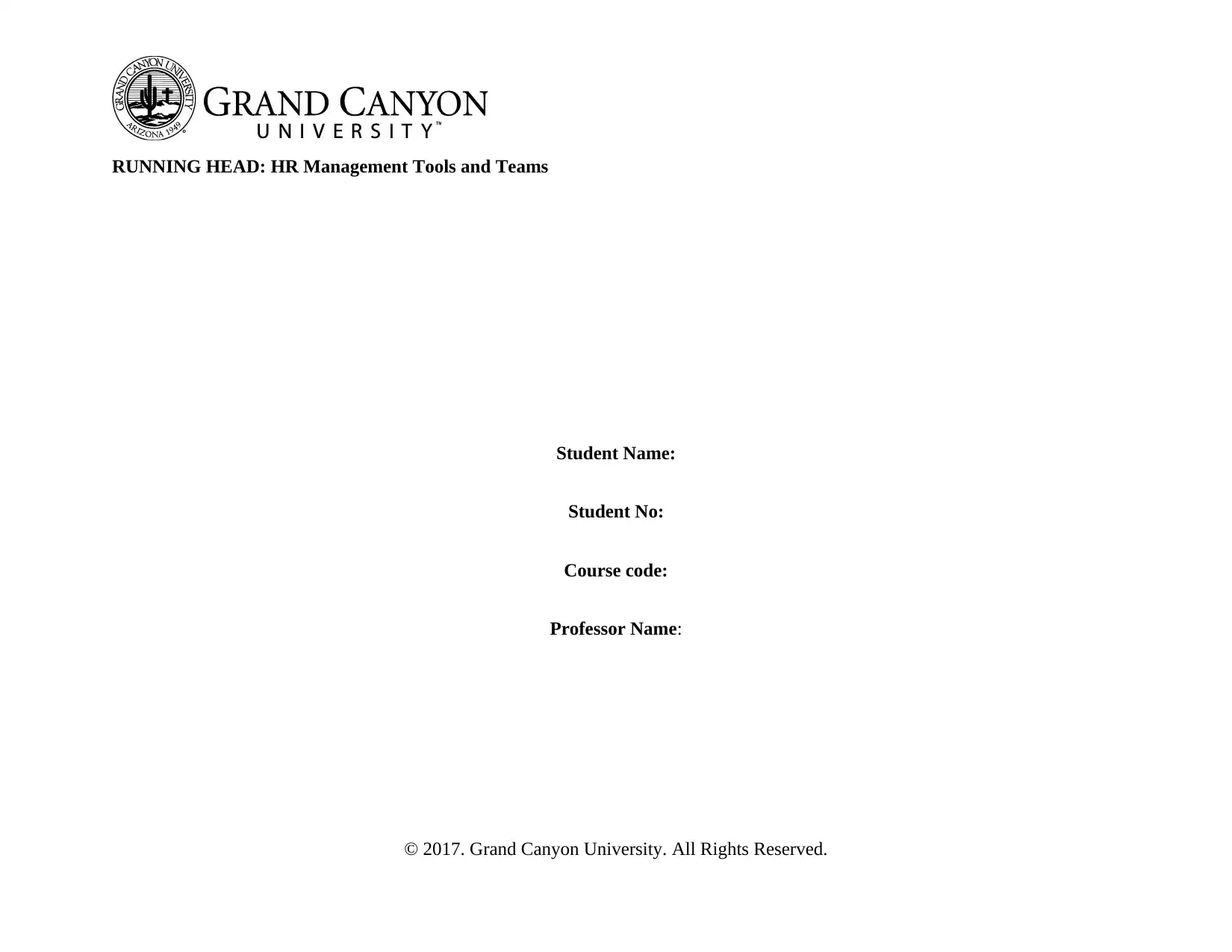
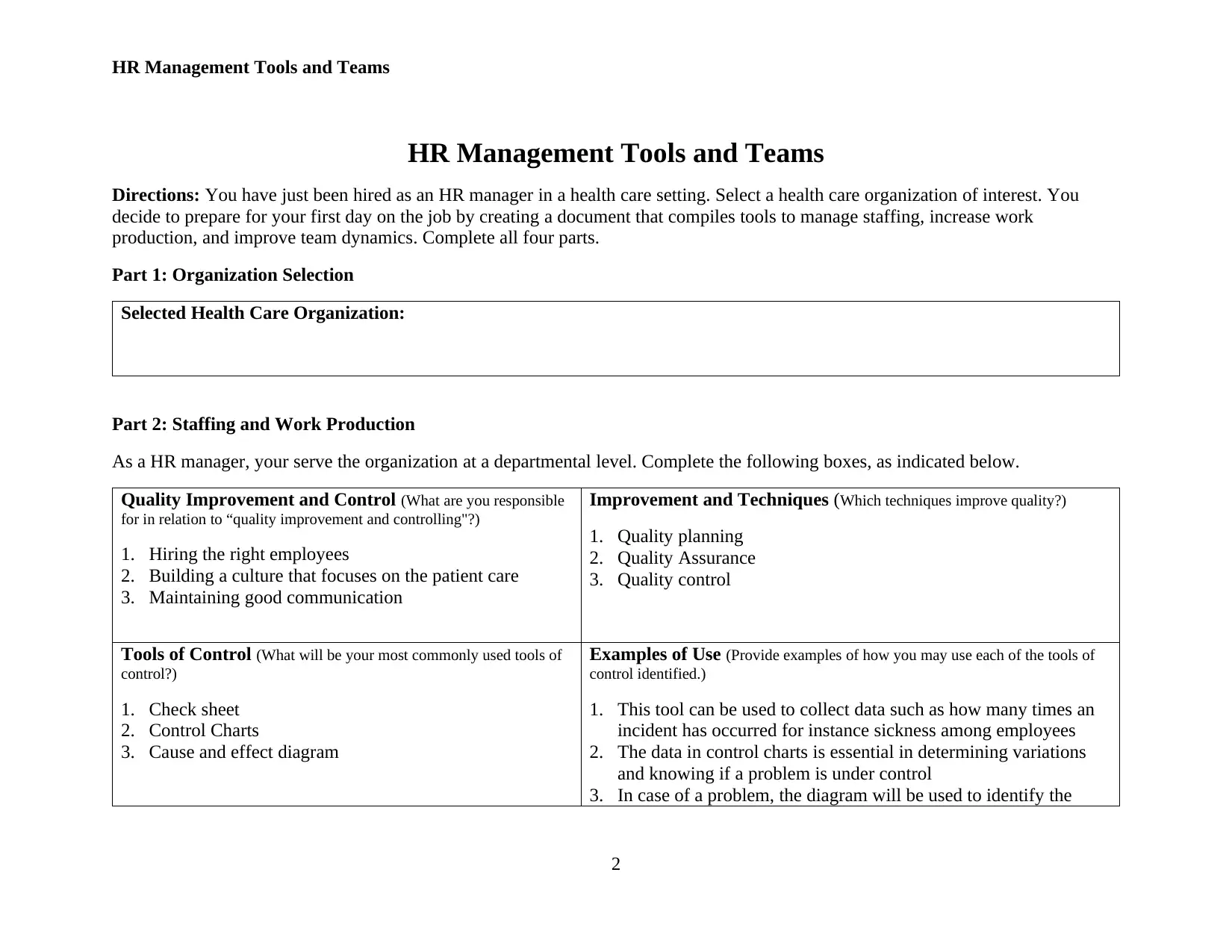
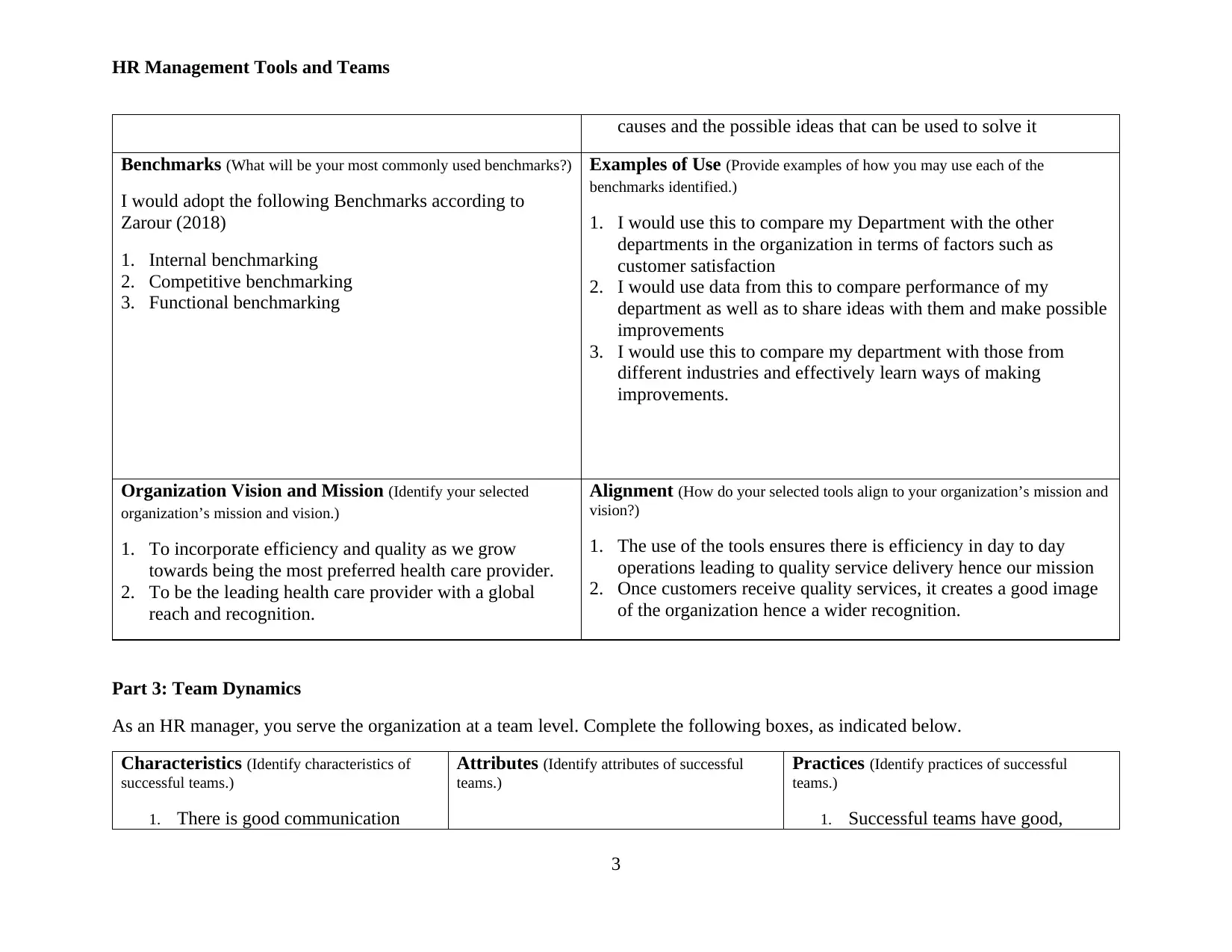
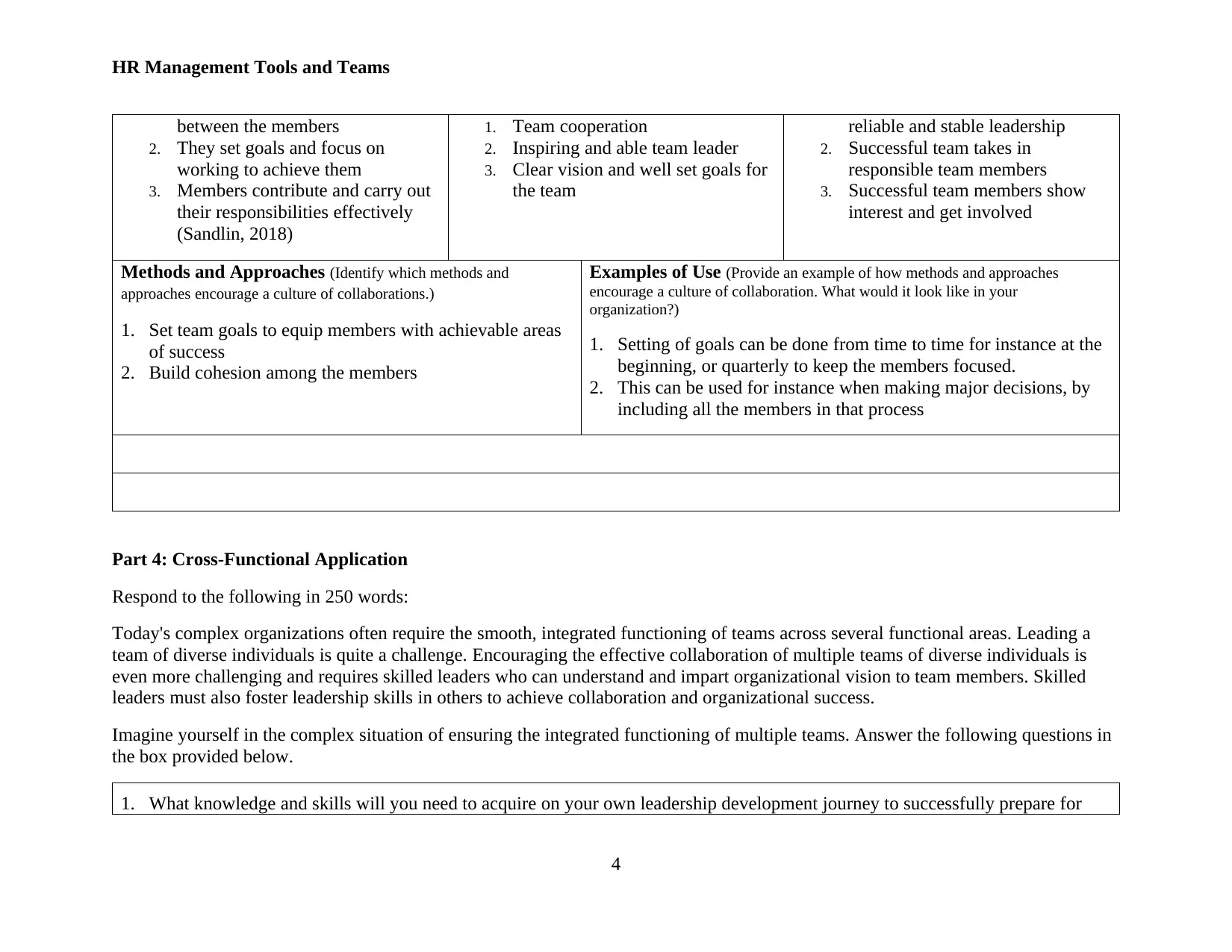
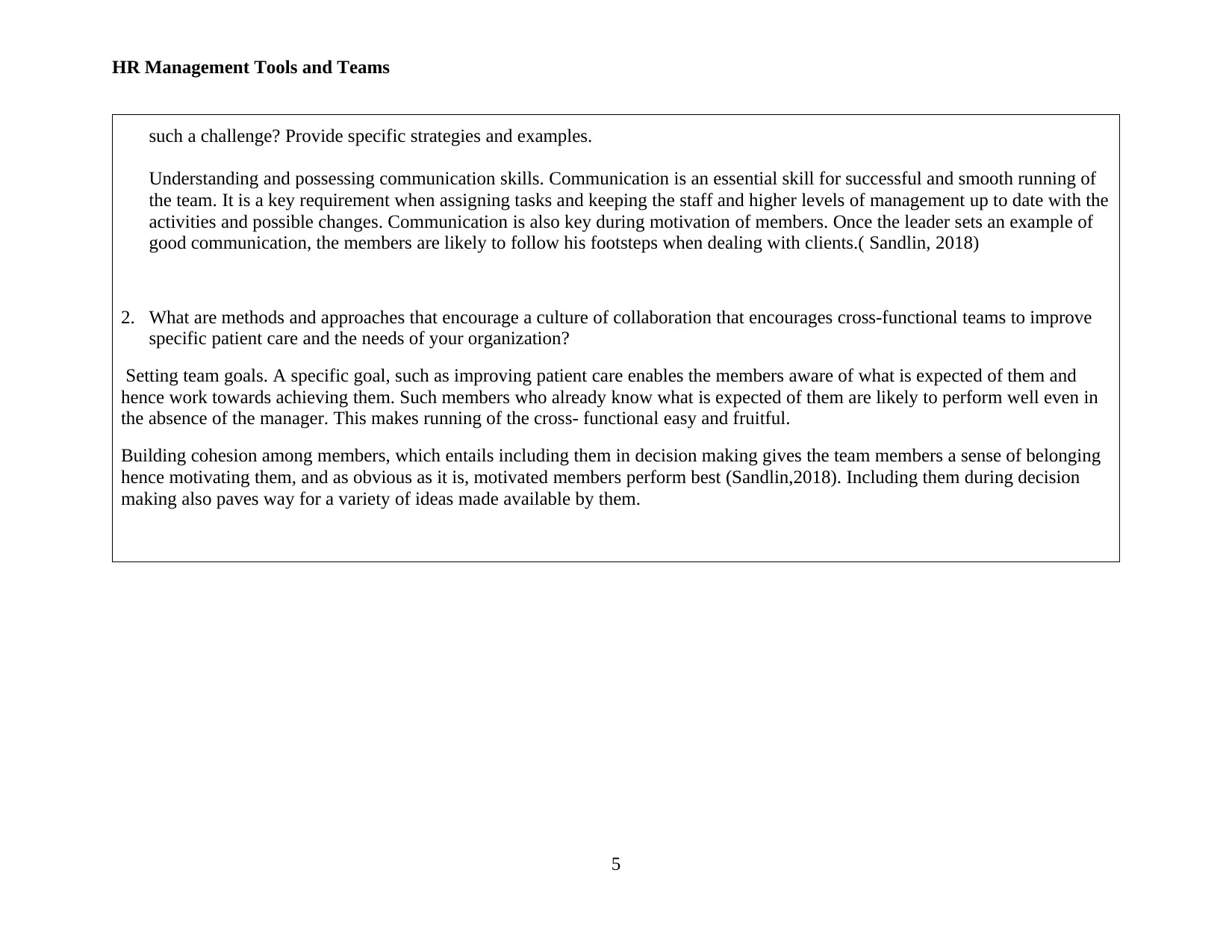
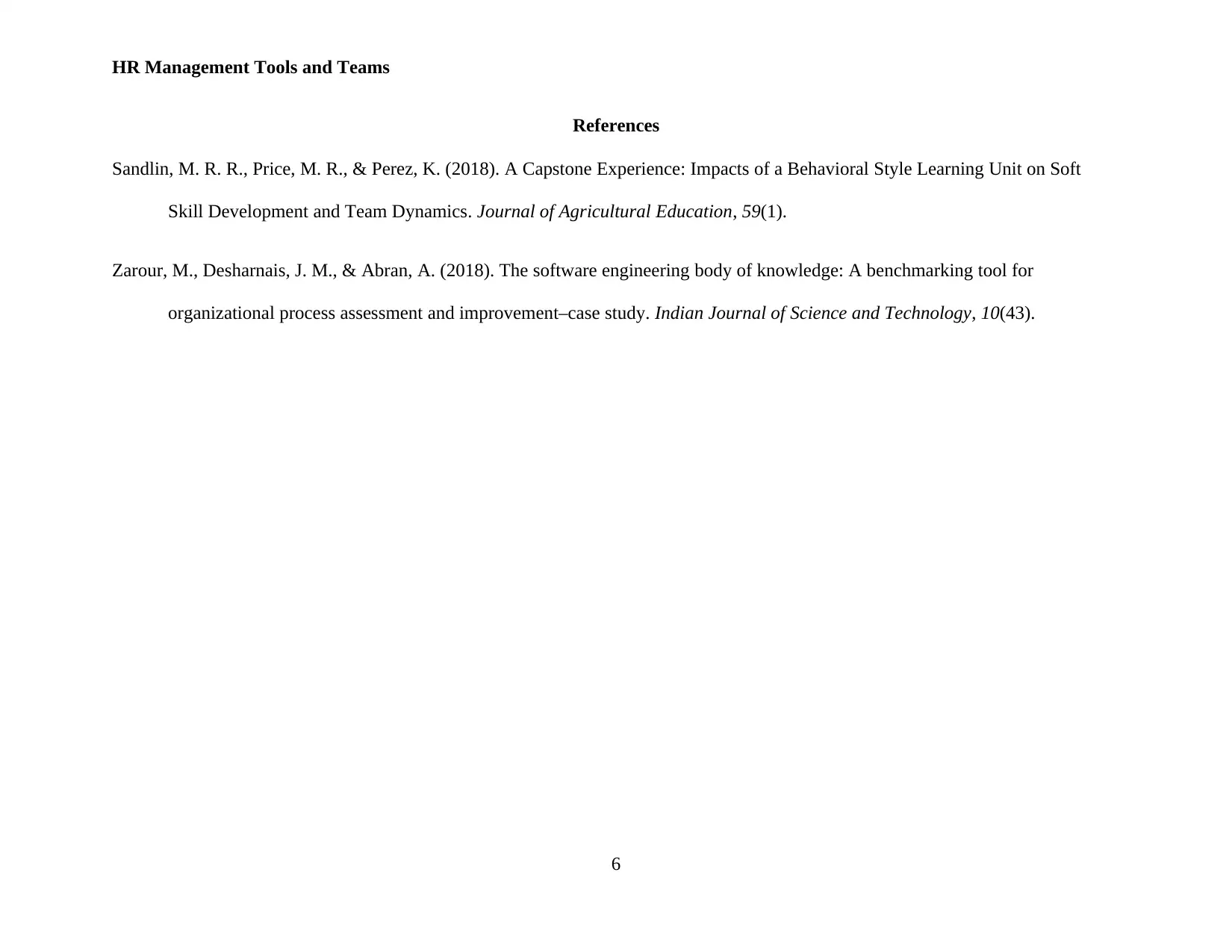






![[object Object]](/_next/static/media/star-bottom.7253800d.svg)